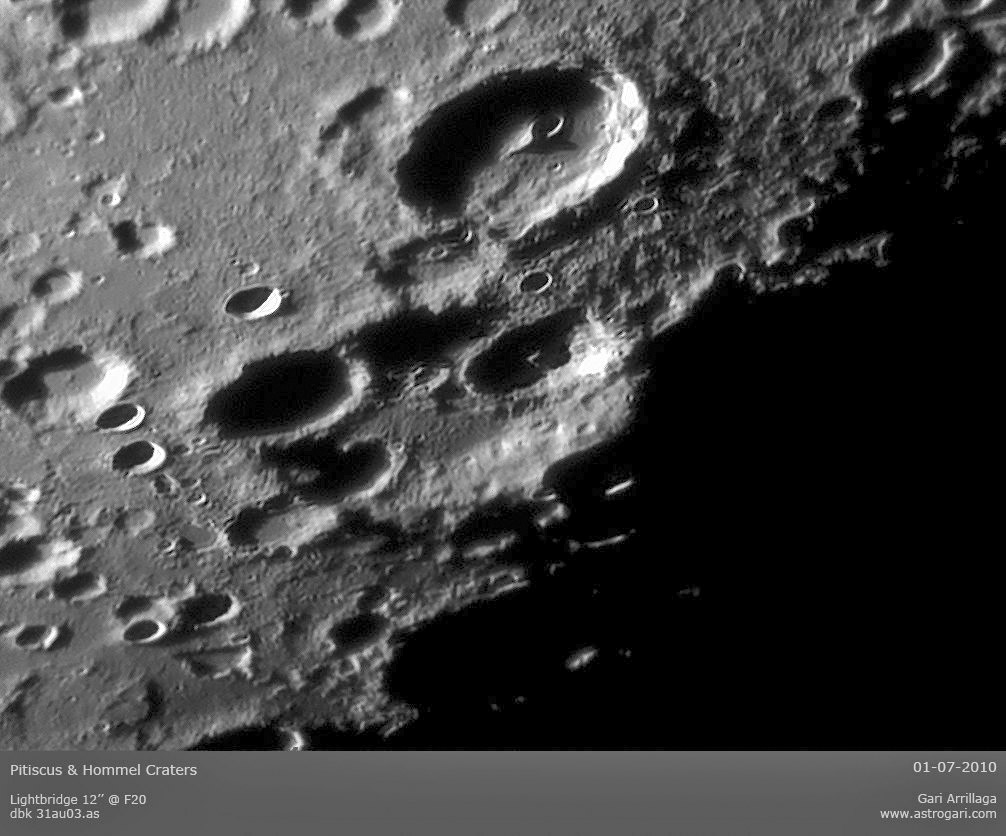Difference between revisions of "August 5, 2010"
| Line 1: | Line 1: | ||
__NOTOC__ | __NOTOC__ | ||
=Same Old Story= | =Same Old Story= | ||
| − | |||
<!-- ws:start:WikiTextHeadingRule:1:<h1> --> | <!-- ws:start:WikiTextHeadingRule:1:<h1> --> | ||
<!-- ws:start:WikiTextLocalImageRule:16:<img src="/file/view/LPOD-Aug5-10.jpg/155256639/LPOD-Aug5-10.jpg" alt="" title="" /> -->[[File:LPOD-Aug5-10.jpg|LPOD-Aug5-10.jpg]]<!-- ws:end:WikiTextLocalImageRule:16 --><br /> | <!-- ws:start:WikiTextLocalImageRule:16:<img src="/file/view/LPOD-Aug5-10.jpg/155256639/LPOD-Aug5-10.jpg" alt="" title="" /> -->[[File:LPOD-Aug5-10.jpg|LPOD-Aug5-10.jpg]]<!-- ws:end:WikiTextLocalImageRule:16 --><br /> | ||
| − | <em>image by [mailto:garrillaga@me.com Gari Arrillaga], Salou, Spain</em><br /> | + | <em>image by [mailto:garrillaga@me.com" rel="nofollow Gari Arrillaga], Salou, Spain</em><br /> |
<br /> | <br /> | ||
| − | No reputable scientist believes it anymore, but I still worry. From the general idea in the 18th, 19th and early 20th centuries that the Moon was largely made by volcanism, to the post Apollo 16 thought that impact cratering may have caused everything, volcanism has been relegated to pretty much just the maria. But when I see images like this one by Gari of Pitiscus and Hommel, I wonder. Notice that most of the terrain between craters has a rough texture made up of small ridges and craters. Except for the smooth surface near the center left margin, just north of [http://the-moon.wikispaces.com/file/detail/Rukl_74_satellites_NE.jpg Asclepi]. Here it looks like three or four ancient craters have been filled with smooth material, but outside the remnant rims the texture is complex. If, as the standard story goes, the smooth material is fluidized ejecta from the formation of the Orientale Basin, it seems that all the surrounding terrain would be similarly veneered. But it ain't. <br /> | + | No reputable scientist believes it anymore, but I still worry. From the general idea in the 18th, 19th and early 20th centuries that the Moon was largely made by volcanism, to the post Apollo 16 thought that impact cratering may have caused everything, volcanism has been relegated to pretty much just the maria. But when I see images like this one by Gari of Pitiscus and Hommel, I wonder. Notice that most of the terrain between craters has a rough texture made up of small ridges and craters. Except for the smooth surface near the center left margin, just north of [http://the-moon.wikispaces.com/file/detail/Rukl_74_satellites_NE.jpg" rel="nofollow Asclepi]. Here it looks like three or four ancient craters have been filled with smooth material, but outside the remnant rims the texture is complex. If, as the standard story goes, the smooth material is fluidized ejecta from the formation of the Orientale Basin, it seems that all the surrounding terrain would be similarly veneered. But it ain't. <br /> |
<br /> | <br /> | ||
| − | <em>[mailto:tychocrater@yahoo.com Chuck Wood]</em><br /> | + | <em>[mailto:tychocrater@yahoo.com" rel="nofollow Chuck Wood]</em><br /> |
<br /> | <br /> | ||
<strong>Technical Details</strong><br /> | <strong>Technical Details</strong><br /> | ||
| Line 15: | Line 14: | ||
<strong>Related Links</strong><br /> | <strong>Related Links</strong><br /> | ||
Rükl plate [http://the-moon.wikispaces.com/R%C3%BCkl+75 75]<br /> | Rükl plate [http://the-moon.wikispaces.com/R%C3%BCkl+75 75]<br /> | ||
| − | Gari's [http://www.astrogari.com/ website]<br /> | + | Gari's [http://www.astrogari.com/" rel="nofollow website]<br /> |
<hr /> | <hr /> | ||
| − | <div>You can support LPOD when you buy any book from Amazon thru [http://www.lpod.org/?page_id=591 LPOD!]<br /> | + | <div>You can support LPOD when you buy any book from Amazon thru [http://www.lpod.org/?page_id=591" rel="nofollow LPOD!]<br /> |
</div> | </div> | ||
| − | |||
---- | ---- | ||
===COMMENTS?=== | ===COMMENTS?=== | ||
Click on this icon [[image:PostIcon.jpg]] at the upper right to post a comment. | Click on this icon [[image:PostIcon.jpg]] at the upper right to post a comment. | ||
Revision as of 22:04, 4 January 2015
Same Old Story

image by " rel="nofollow Gari Arrillaga, Salou, Spain
No reputable scientist believes it anymore, but I still worry. From the general idea in the 18th, 19th and early 20th centuries that the Moon was largely made by volcanism, to the post Apollo 16 thought that impact cratering may have caused everything, volcanism has been relegated to pretty much just the maria. But when I see images like this one by Gari of Pitiscus and Hommel, I wonder. Notice that most of the terrain between craters has a rough texture made up of small ridges and craters. Except for the smooth surface near the center left margin, just north of " rel="nofollow Asclepi. Here it looks like three or four ancient craters have been filled with smooth material, but outside the remnant rims the texture is complex. If, as the standard story goes, the smooth material is fluidized ejecta from the formation of the Orientale Basin, it seems that all the surrounding terrain would be similarly veneered. But it ain't.
" rel="nofollow Chuck Wood
Technical Details
01-07-2010 23:25. See image margin for more.
Related Links
Rükl plate 75
Gari's " rel="nofollow website
COMMENTS?
Click on this icon File:PostIcon.jpg at the upper right to post a comment.



